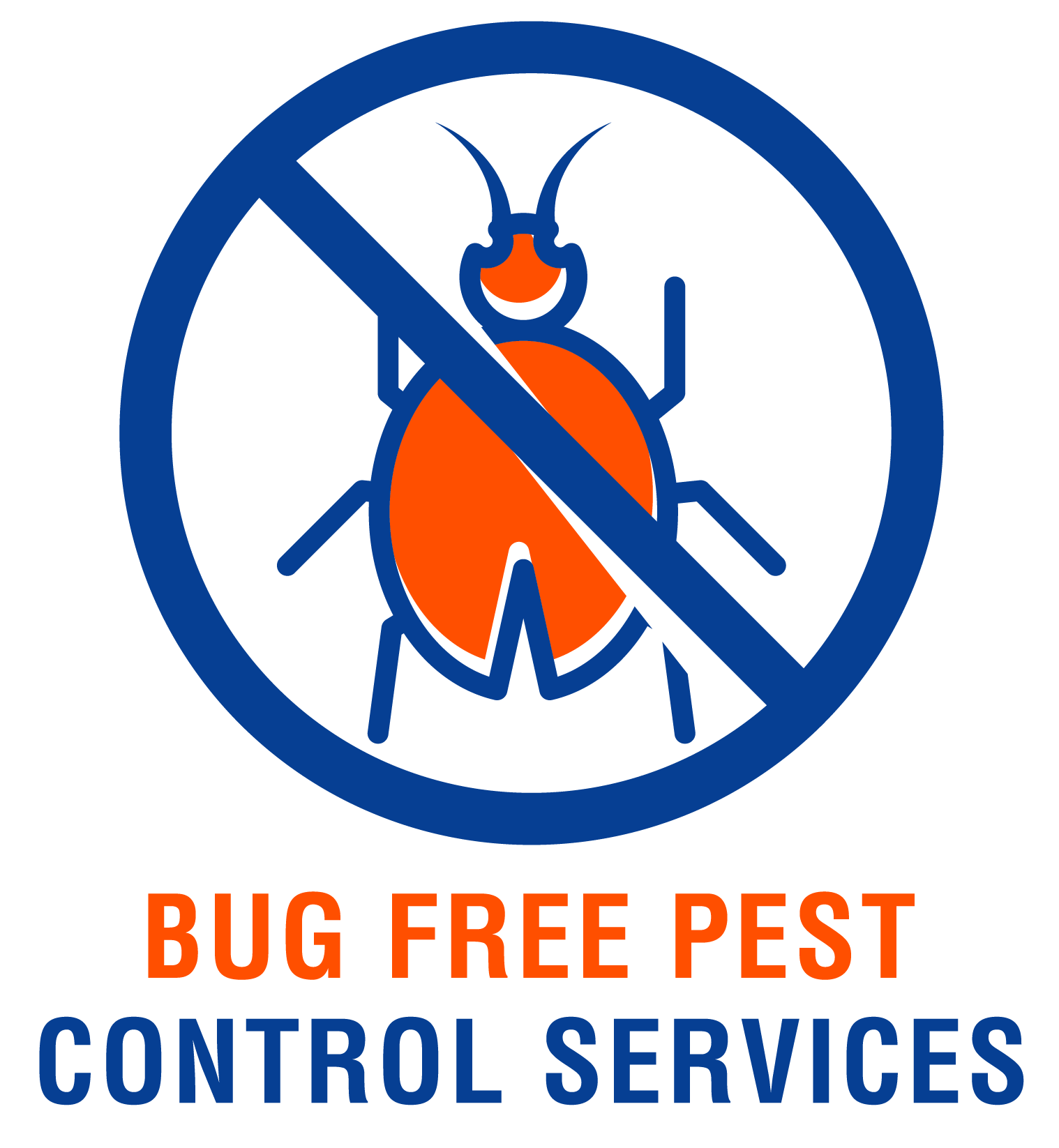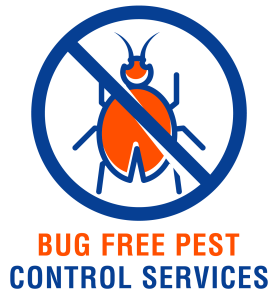Welcome to our article on effective pest control solutions for healthcare facilities! It is essential for healthcare facilities to maintain a clean and pest-free environment to ensure the health and safety of patients, staff, and visitors. Pests can spread diseases and contaminate medical supplies, making it crucial to implement proper pest control measures. In this article, we will discuss various effective pest control solutions specifically tailored for healthcare settings to help you protect your facility and promote a healthy environment for all. Have you ever experienced the inconvenience and potential health hazards that pests can bring to healthcare facilities? It’s essential to maintain a clean and pest-free environment in healthcare facilities to ensure the safety and well-being of patients and staff. In this article, we’ll explore effective pest control solutions specifically tailored for healthcare facilities. Let’s dive in and learn how you can keep pests at bay and maintain a sanitary environment in your healthcare facility.
Importance of Pest Control in Healthcare Facilities
Pests like rodents, insects, and flies can pose serious health risks in healthcare settings. They can carry diseases, contaminate food and medical supplies, and damage property. Effective pest control is crucial in preventing the spread of illnesses and maintaining a safe and healthy environment for patients, staff, and visitors.
Ensuring proper pest control measures are in place not only protects the health and well-being of everyone in the healthcare facility but also helps maintain a positive reputation and compliance with health regulations. Let’s explore some effective pest control solutions that healthcare facilities can implement to keep pests at bay.
Integrated Pest Management (IPM) Approach
One of the most effective pest control strategies for healthcare facilities is implementing an Integrated Pest Management (IPM) approach. IPM focuses on preventing pest infestations through a combination of proactive techniques, such as sanitation, exclusion, monitoring, and targeted treatments.
By utilizing the IPM approach, healthcare facilities can minimize the use of pesticides, reduce the risk of chemical exposure to patients and staff, and effectively manage pest populations. IPM involves a systematic and holistic approach to pest control, emphasizing the importance of prevention and long-term solutions rather than just treating the symptoms of pest infestations.
Steps in Implementing IPM in Healthcare Facilities
Implementing an IPM program in healthcare facilities requires a multi-faceted approach that addresses the root causes of pest problems. Here are some key steps to consider when implementing an IPM program:
-
Identification and Monitoring: Conduct regular inspections to identify pest hotspots and monitor pest activity. Keep detailed records of pest sightings, entry points, and environmental conditions.
-
Sanitation and Housekeeping: Maintain a clean and clutter-free environment to eliminate food and water sources that attract pests. Proper waste management, including the prompt disposal of trash and organic waste, is essential in preventing pest infestations.
-
Exclusion and Pest-Proofing: Seal cracks, gaps, and entry points in walls, floors, and ceilings to prevent pests from entering the facility. Install door sweeps, window screens, and weather stripping to minimize entry points for pests.
-
Mechanical Controls: Utilize physical barriers, traps, and deterrents to prevent pest access and reduce populations. Install fly traps, rodent bait stations, and insect light traps in strategic locations to capture and control pests.
-
Biological Controls: Introduce natural predators or parasites that target specific pests to help control populations. For example, releasing beneficial insects that feed on pest insects can be an effective biological control method.
-
Chemical Controls: Use pesticides as a last resort and only when necessary. Select low-toxicity pesticides that are safe for use in healthcare settings and follow proper application guidelines. Regularly inspect and maintain pesticide application equipment to ensure effectiveness.
By implementing these steps and following the principles of IPM, healthcare facilities can effectively manage pest infestations and maintain a pest-free environment for patients, staff, and visitors.
Common Pest Control Challenges in Healthcare Facilities
Healthcare facilities face unique pest control challenges due to their complex and sensitive environments. Managing pests in healthcare settings requires a careful balance between controlling pest populations and ensuring the safety and well-being of patients and staff. Some common pest control challenges in healthcare facilities include:
-
Antimicrobial Resistance: Pests like cockroaches and flies can spread pathogens and contribute to antimicrobial resistance by coming into contact with contaminated surfaces or medical supplies. Effective pest control measures are essential in preventing the spread of resistant bacteria in healthcare settings.
-
Food Safety Compliance: Healthcare facilities that provide food services must adhere to strict food safety regulations to prevent contamination and foodborne illnesses. Pest infestations can compromise food safety standards and lead to regulatory violations if not addressed promptly.
-
Sensitive Patient Populations: Certain patient populations, such as immunocompromised patients or those with respiratory conditions, may be more vulnerable to the health risks associated with pest infestations. Healthcare facilities must prioritize pest control measures to protect the health of these sensitive populations.
Pest-Specific Control Strategies for Healthcare Facilities
Different pests require specific control strategies tailored to their unique biology, behavior, and habitats. Healthcare facilities may encounter a variety of pests, including rodents, insects, flies, and birds. Here are some pest-specific control strategies that healthcare facilities can implement to address common pest problems effectively:
Rodent Control
Rodents like mice and rats are common pests in healthcare facilities, attracted by food, water, and shelter. Rodents can spread diseases, contaminate surfaces, and cause property damage if left unchecked. Implementing rodent control measures is essential in preventing infestations and protecting the health and safety of patients and staff.
-
Exclusion: Seal cracks, holes, and entry points in walls, floors, and ceilings to prevent rodents from entering the facility. Install rodent-proof barriers, such as metal mesh screens and door sweeps, to block access points.
-
Sanitation: Keep food storage areas clean and organized to eliminate food sources that attract rodents. Secure garbage bins and regularly remove trash to prevent rodent access. Store food items in sealed containers to prevent contamination.
-
Trapping: Set up rodent traps in strategic locations to capture and remove individual rodents. Use snap traps, glue boards, or electronic traps to control rodent populations effectively. Dispose of trapped rodents safely and promptly.
-
Monitoring: Use rodent baits and tracking powders to monitor rodent activity and population trends. Regularly inspect baits and replace them as needed to maintain control over rodent populations. Keep accurate records of pest sightings and control measures.
By implementing these rodent control strategies, healthcare facilities can effectively manage rodent infestations and prevent the spread of diseases and contamination.
Insect Control
Insects like cockroaches, ants, bed bugs, and flies are common pests in healthcare facilities, attracted by food, water, and shelter. Insect infestations can pose serious health risks, contaminate surfaces, and compromise patient care. Implementing insect control measures is crucial in preventing infestations and maintaining a pest-free environment in healthcare settings.
-
Sanitation: Keep food preparation areas clean and sanitized to eliminate food sources that attract insects. Dispose of food waste promptly, clean spills and crumbs, and store food items in sealed containers to prevent infestations.
-
Exclusion: Seal cracks, gaps, and entry points in walls, floors, and ceilings to prevent insects from entering the facility. Install insect-proof screens on windows and doors, repair plumbing leaks, and maintain proper drainage to eliminate insect harborage.
-
Trapping: Use insect traps and baits to capture and control insect populations. Set up glue traps, pheromone traps, or UV light traps in areas where insects are active to monitor and reduce infestations. Dispose of trapped insects safely and promptly.
-
Chemical Controls: Use insecticides as a last resort and only when necessary to control severe infestations. Select low-toxicity insecticides that are safe for use in healthcare settings and follow proper application guidelines. Avoid spraying insecticides near patients, staff, or sensitive areas.
By implementing these insect control strategies, healthcare facilities can effectively manage insect infestations and maintain a clean and sanitary environment for patients, staff, and visitors.


